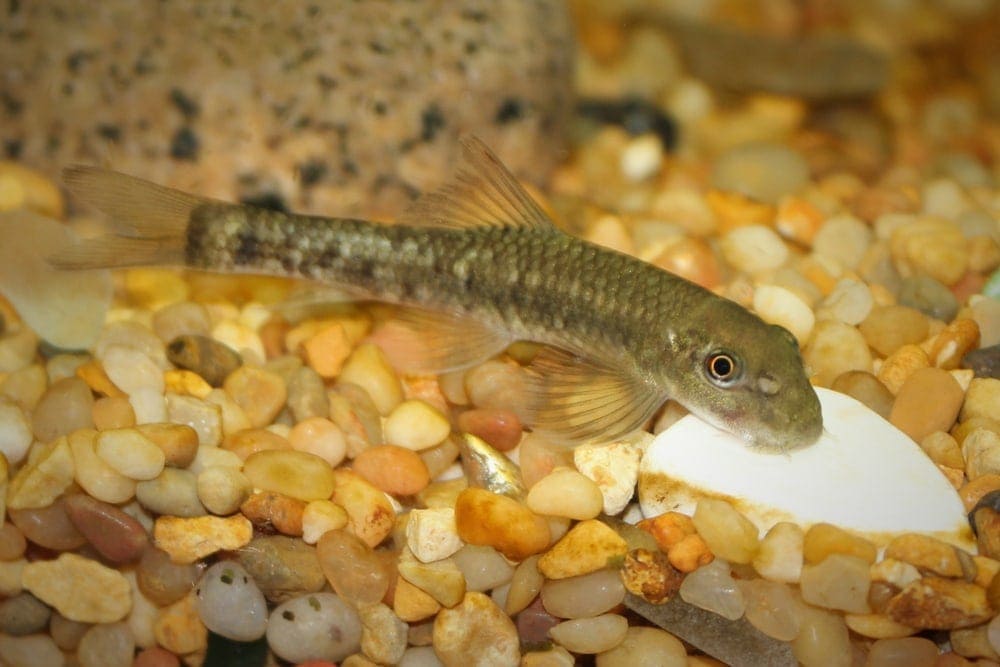
They spend most of their time exploring the bottom of the tank at their own, slow pace. They do best when kept on their own in an aquarium with slow-moving water.ĭespite being antisocial, axolotls are very peaceful creatures. Understanding Your AxolotlĪn axolotl is a freshwater bottom-dwelling aquatic salamander that prefers to keep to itself. Here’s what you need to know when considering tank mates for your Mexican walking fish. If the tank seems a bit empty, however, there are a few tank mates you can consider for this bottom dweller. Chloroquine Phosphate Aquarium Dosing CalculatorĪre you looking for some axolotl tank mates? Axolots generally do quite well by themselves, even when forced to share a tank, they even prefer isolation.The females will release eggs on plants or the tank walls, while the males will release milt to fertilize the eggs. Separate the parents from the eggs once spawning is complete, as the parent fish will eat the eggs. When the feeder goldfish are ready to spawn, the males will chase the females around their tank. Increase the light to 12 hours a day to complete the spawning induction cycle. Increase the tank temperature to 70 degrees Fahrenheit (21 degrees Celsius) after a month. Live foods, vegetables, and high protein foods are essential but avoid overfeeding the fish. Give the fish light for no more than eight hours a day and feed them high-quality foods for one month. The fish will require a gradual decrease in temperature for about one month to 58 degrees Fahrenheit (14 degrees Celsius) to induce breeding. While most aquarists breed them for use as live food, doing so in a tank is challenging. Veggie mix and daphnia will also provide the fish with much-needed nutrients. Feed feeder goldfish twice or thrice daily and increase their potions as they grow.īreeding feeder goldfish in aquarium tanks is difficult. Specialized granules and goldfish flakes are ideal prepared food for feeder goldfish. These vegetables are readily available and great for feeder goldfish. Brine shrimp, bloodworms, and black worms are great live or frozen food to feed feeder goldfish.

Feeder goldfish need a balanced diet of plants and protein to thrive.įeed feeder goldfish algae, zucchini, and romaine lettuce. For effective treatment, first, consult an aquatic veterinarian as there is no one cure fits all. Quarantining new fish will prevent parasite infestations. Signs include lethargy, missing scales, and red spots. Parasites are common amongst feeder goldfish. Warts or neurofibroma are genetic conditions that are incurable.
#BLACK BOTTOM FEEDER FISH SKIN#
Warts or neurofibromas are growths that appear on the skin and fins of feeder goldfish. This disease is terminal and is diagnosable through ultrasound. Polycystic kidney disease is a condition in which cysts form in the kidneys of the fish, making it appear lumpy. Polycystic kidney disease, neurofibromas or warts, and parasitic infestations are common feeder goldfish diseases. Feeder goldfish can also eat frog eggs and young tadpoles. The feeder goldfish will eat small snails that can fit in their mouths and nip on the shells of adult snails. These fish thrive in similar water conditions. They also have identical temperature requirements and are compatible with many tank decorations.Ĭherry shrimp, ghost shrimp, and dwarf frogs are some good non-fish tank mates for feeder goldfish.Īvoid keeping feeder goldfish with snails. The best tank mates for feeder goldfish are other freshwater fish such as hillstream loach, hoplo catfish, and rice fish. They may not fare well in tanks with smaller fish as feeders grow quickly. Keeping them with other peaceful fish species is ideal. Keep the center of the aquarium clear.įeeder goldfish are peaceful fish.
#BLACK BOTTOM FEEDER FISH FREE#
Make sure the stones are smooth and free of sharp edges or pieces that can injure the fish. Decorating the tank with plastic or live plants, rocks, and logs is a safe choice. Medium-sized gravel is the best substrate for a feeder goldfish tank.
#BLACK BOTTOM FEEDER FISH INSTALL#
Install an adjustable filtration system to keep the water clean, and add a heater to maintain the appropriate temperatures. Feeder goldfish live in freshwater, so the water needs to be clean and free of harmful pollutants.įeeder goldfish need a tank that can hold at least 20 gallons for one fish. The pH level should balance at 7.0 to 8.4. The desired water temperatures should range from 68º to 75º degrees Fahrenheit (20 to 24 degrees Celsius). Use an under gravel filter or a box filter and an adjustable heater to maintain the temperatures. Adhere to the specific water parameters when recreating these conditions, or the feeder goldfish may die. Water filters and heaters help recreate the fish’s natural water conditions.


 0 kommentar(er)
0 kommentar(er)
